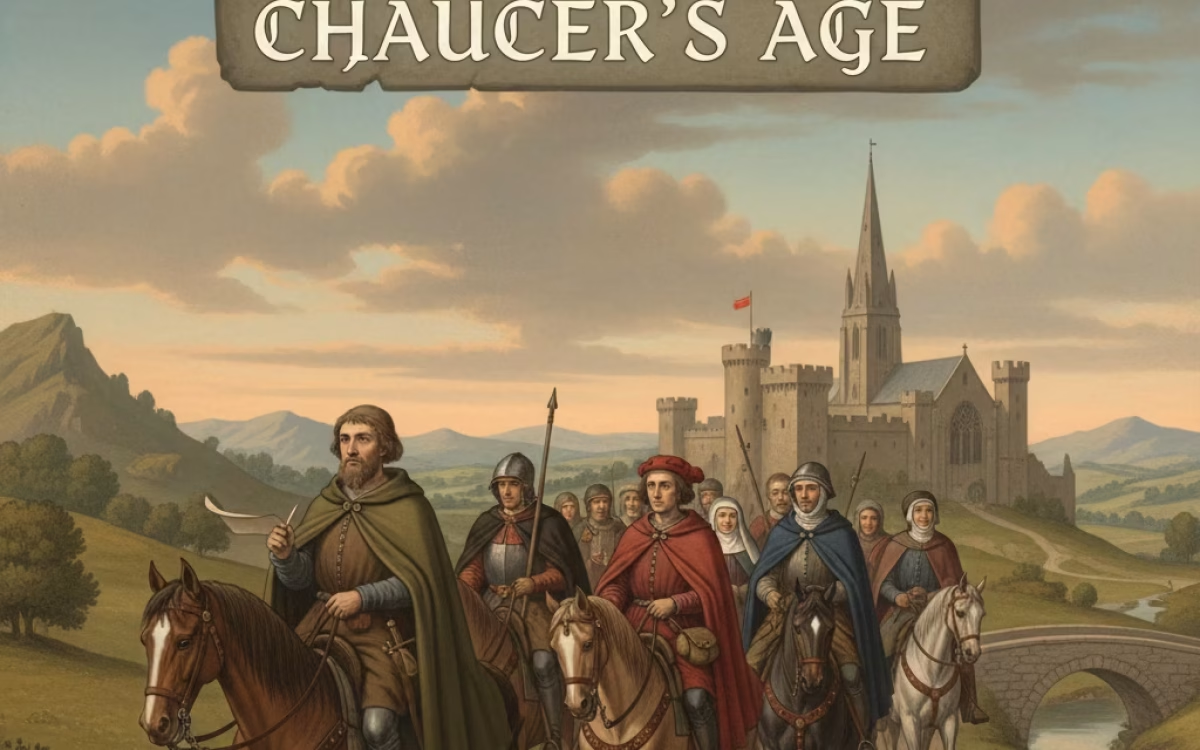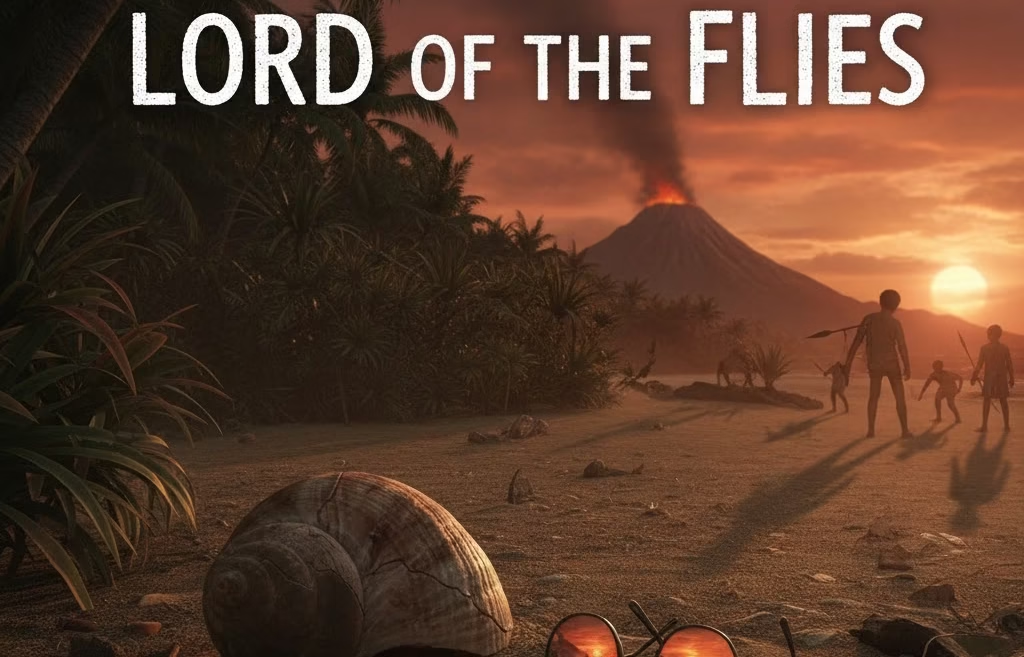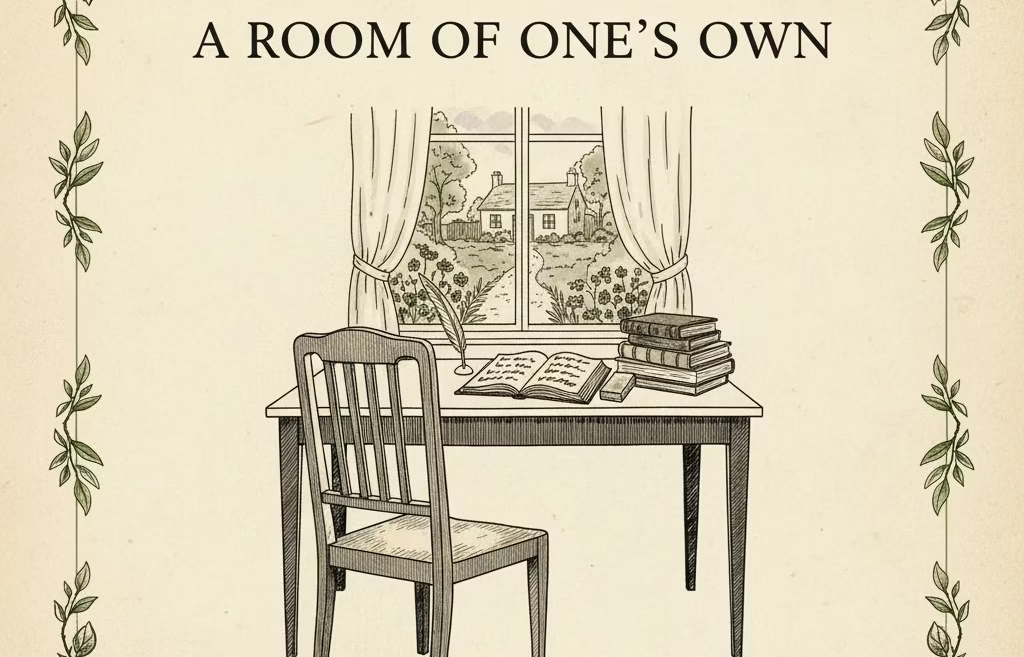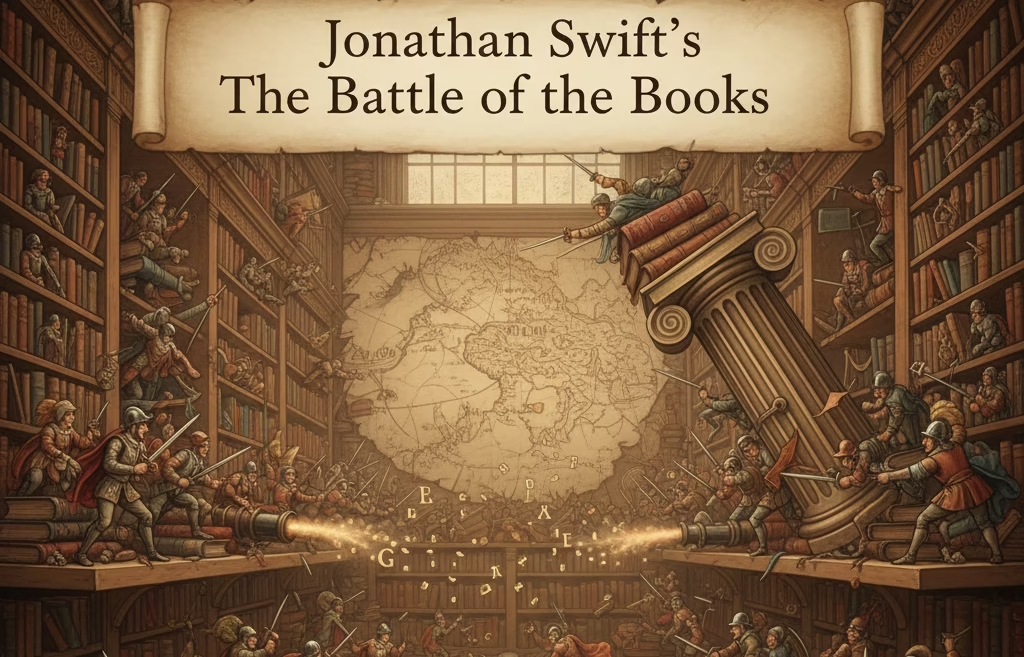INTRODUCTION
Dive into this comprehensive literary quiz on Chaucer’s Age. It covers the most important authors, works, movements, and historical context of the 14th century. Each question is followed by a clear answer and a concise explanation, making this quiz perfect for exam preparation, classroom engagement, or self-study.
Introduction to Chaucer’s Age
The Chaucer’s Age marks a turning point in English literature, blending medieval traditions with the early seeds of the Renaissance. This era, dominated by Geoffrey Chaucer, saw the emergence of new poetic forms, social commentary, and a shift towards the use of English as a literary language. Understanding this period is crucial for students and enthusiasts of English literature.

Literary Quiz on Chaucer’s Age
Major Authors and Their Works
1. Who is known as the “Father of English Poetry”?
Answer: Geoffrey Chaucer
Explanation: Chaucer is widely regarded as the “Father of English Poetry” for his pioneering role in shaping English verse and literary tradition.
2. What is the main verse form used in “The Canterbury Tales”?
Answer: Rhyme Royal
Explanation: Chaucer popularised the rhyme royal stanza, especially in “The Canterbury Tales”.
3. In which year was Geoffrey Chaucer born?
Answer: 1343
Explanation: Chaucer was born in 1343, during the reign of Edward III.
4. Which historical event greatly influenced Chaucer’s era?
Answer: The Black Death
Explanation: The Black Death (1348–1350) had a profound impact on the society and literature of Chaucer’s time.
5. What is the name of the tavern from which the pilgrims depart in “The Canterbury Tales”?
Answer: Tabard Inn
Explanation: The pilgrims begin their journey from the Tabard Inn in Southwark, London.
Literary Movements and Influences
6. Who called Chaucer the “Father of English Poetry”?
Answer: John Dryden
Explanation: The poet Dryden famously gave Chaucer this title, recognizing his foundational role in English literature.
7. What is the setting month for the pilgrimage in “The Canterbury Tales”?
Answer: April
Explanation: The pilgrimage takes place in April, symbolizing renewal and spiritual journey.
8. How many pilgrims are there in “The Canterbury Tales” (including Chaucer)?
Answer: 30
Explanation: There are 29 pilgrims plus Chaucer, making a total of 30.
9. Which tale in “The Canterbury Tales” is considered a fabliau?
Answer: The Miller’s Tale
Explanation: The Miller’s Tale is a classic example of the fabliau, a comic and often bawdy story.
10. Who is Chaucer’s contemporary, also known for “Piers Plowman”?
Answer: William Langland
Explanation: Langland was a major poet of the same era, known for his allegorical work “Piers Plowman”.
Key Works and Their Significance
11. What is the name of Chaucer’s elegy for Blanche of Lancaster?
Answer: The Book of the Duchess
Explanation: This dream vision poem mourns the death of Blanche, Duchess of Lancaster.
12. Which king was on the throne when Chaucer was born?
Answer: Edward III
Explanation: Chaucer was born during the reign of Edward III, a period of significant historical change.
13. Who is the first pilgrim to tell a tale in “The Canterbury Tales”?
Answer: The Knight
Explanation: The Knight’s Tale is the first story told after the General Prologue.
14. Which literary movement is Chaucer associated with?
Answer: The beginnings of the English Renaissance
Explanation: Chaucer’s works show early Renaissance influences, blending medieval and emerging modern ideas.
15. Which social class do the Parson and Ploughman represent in the “General Prologue”?
Answer: Deep Christian goodness / lower class
Explanation: Both characters are portrayed as models of Christian virtue among the lower classes.
Structure and Language
16. How many completed tales are there in “The Canterbury Tales”?
Answer: 24
Explanation: Chaucer planned 120 tales but completed only 24 before his death.
17. Which Chaucerian text parodies Dante’s “The Divine Comedy”?
Answer: The House of Fame
Explanation: This dream vision poem draws inspiration from Dante’s work.
18. Who is known for introducing the heroic couplet into English poetry?
Answer: Chaucer
Explanation: Chaucer’s use of the heroic couplet influenced later English poets.
19. Who among the pilgrims is described as “Epicurus’ son”?
Answer: The Franklin
Explanation: The Franklin’s love of pleasure and good food, likened to Epicurus.
20. Which work of Chaucer is an allegory on the death of Blanche of Lancaster?
Answer: The Book of the Duchess
Explanation: This poem is an allegorical lament for Blanche.
Themes and Language Standardisation
21. What is the significance of the Prioress’s brooch inscription?
Answer: “Love Conquers All”
Explanation: The Latin inscription “Amor vincit omnia” reflects her character’s romantic ideals.
22. Which tale in “The Canterbury Tales” is written in prose?
Answer: The Tale of Melibee and The Parson’s Tale
Explanation: These are the only two tales written in prose rather than verse.
23. Who is the “morning star of the Renaissance” according to literary critics?
Answer: Chaucer
Explanation: Chaucer’s work bridges medieval and Renaissance literature.
24. What is the main theme of “The Nun’s Priest’s Tale”?
Answer: Never trust a flatterer
Explanation: The tale delivers a moral lesson against flattery through animal fable.
25. Which language did Chaucer help standardise in literature?
Answer: English (East Midland dialect)
Explanation: Chaucer’s use of the East Midland dialect contributed to the standardisation of English.
Conclusion: Master Literary Quiz on Chaucer’s Age
This comprehensive literary quiz on Chaucer’s Age helps you strengthen your understanding of key authors, works, literary movements, and the historical context of one of English literature’s most influential periods. Use these questions and explanations to prepare for competitive exams, enhance your teaching, or deepen your appreciation for Chaucer and his contemporaries. Continue exploring, keep learning, and let your knowledge of Chaucer’s Age set you apart in the world of literature.





